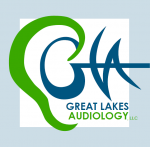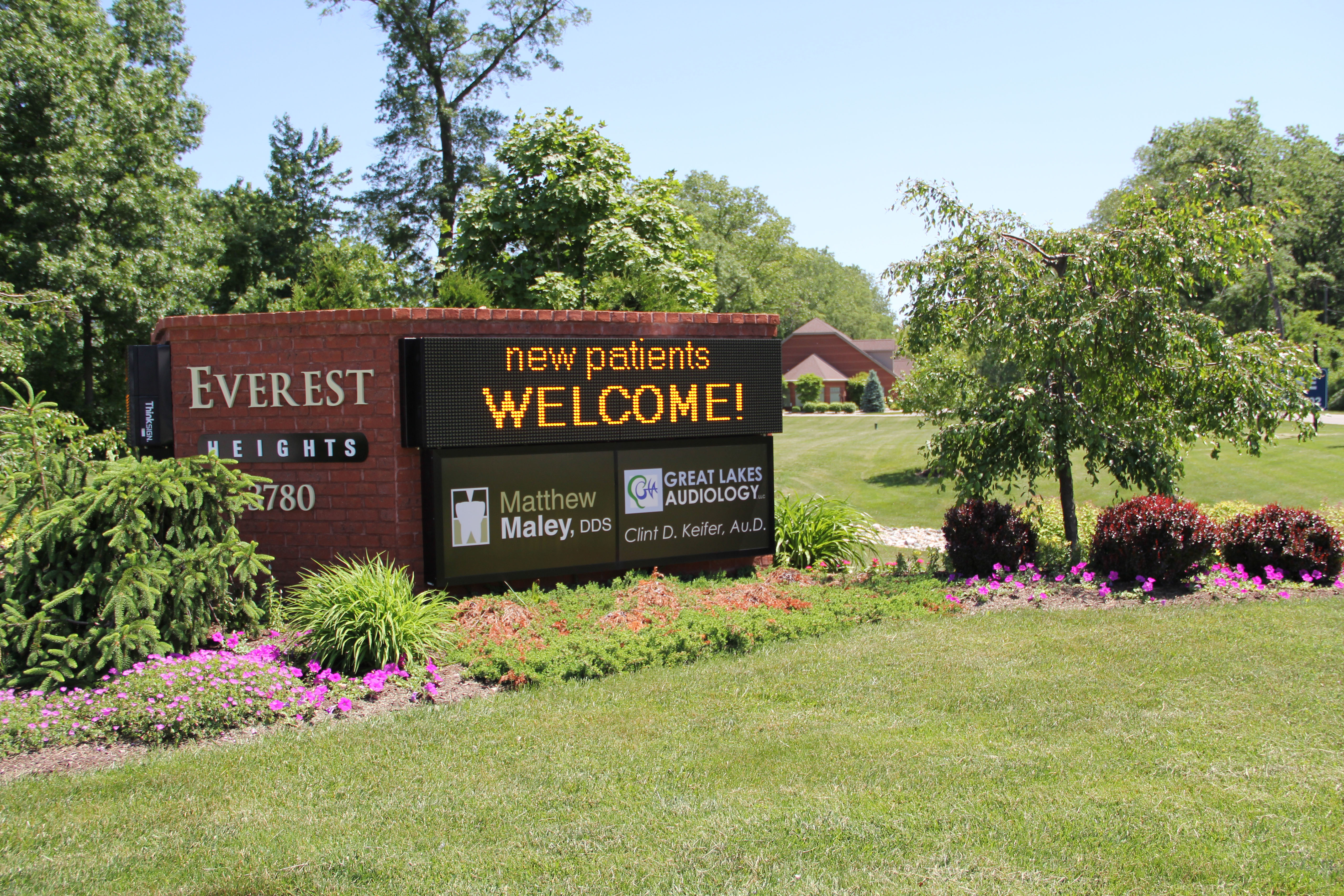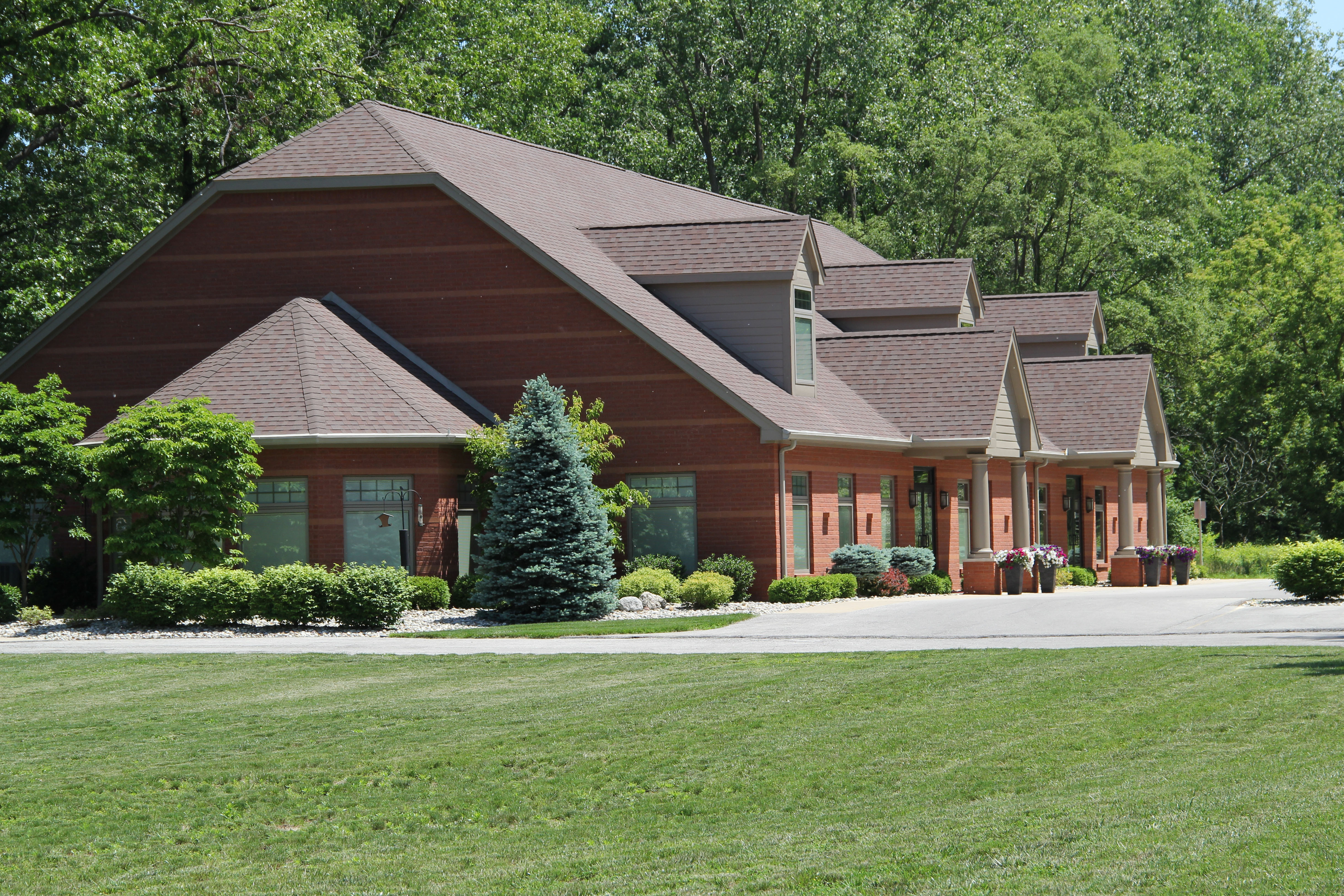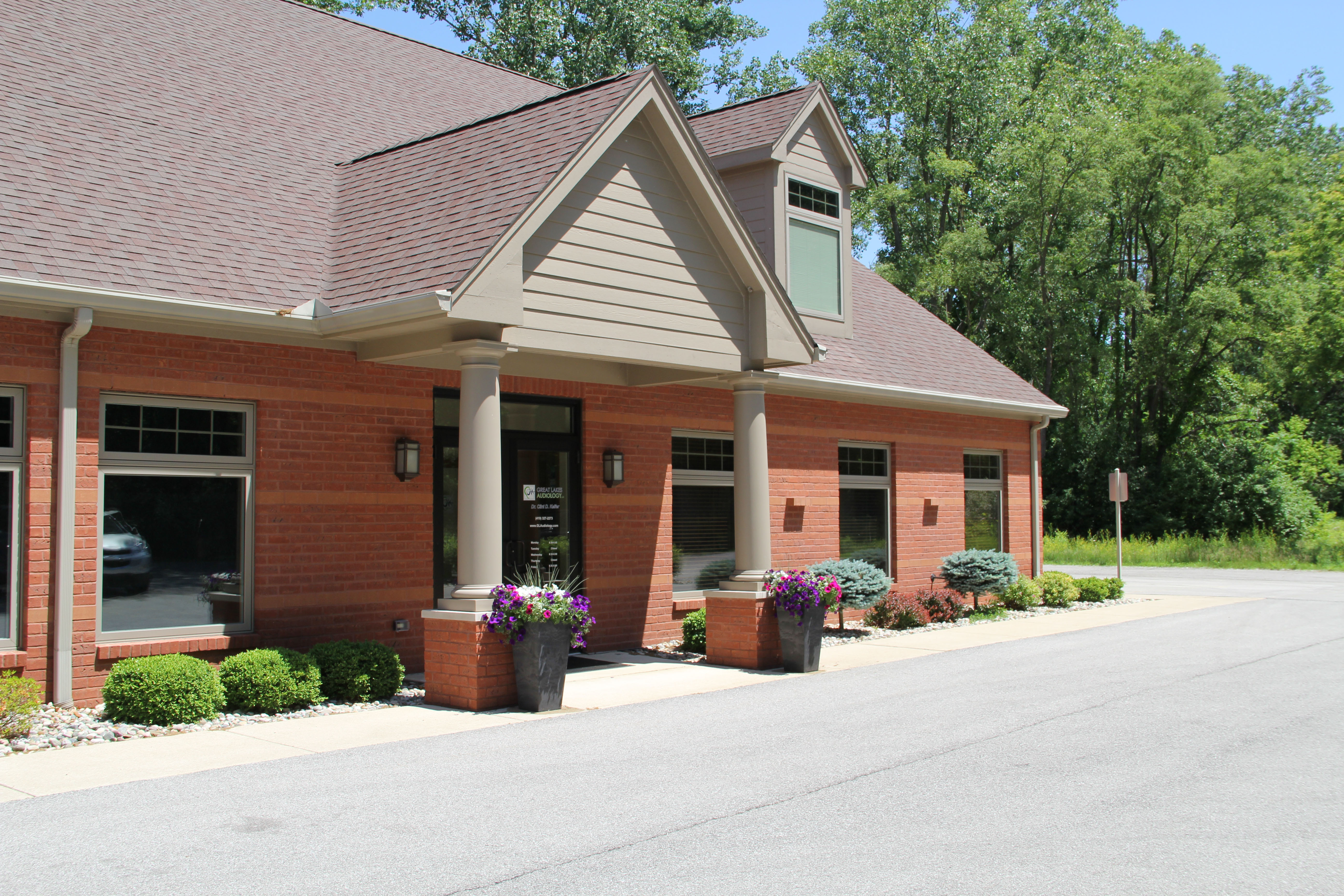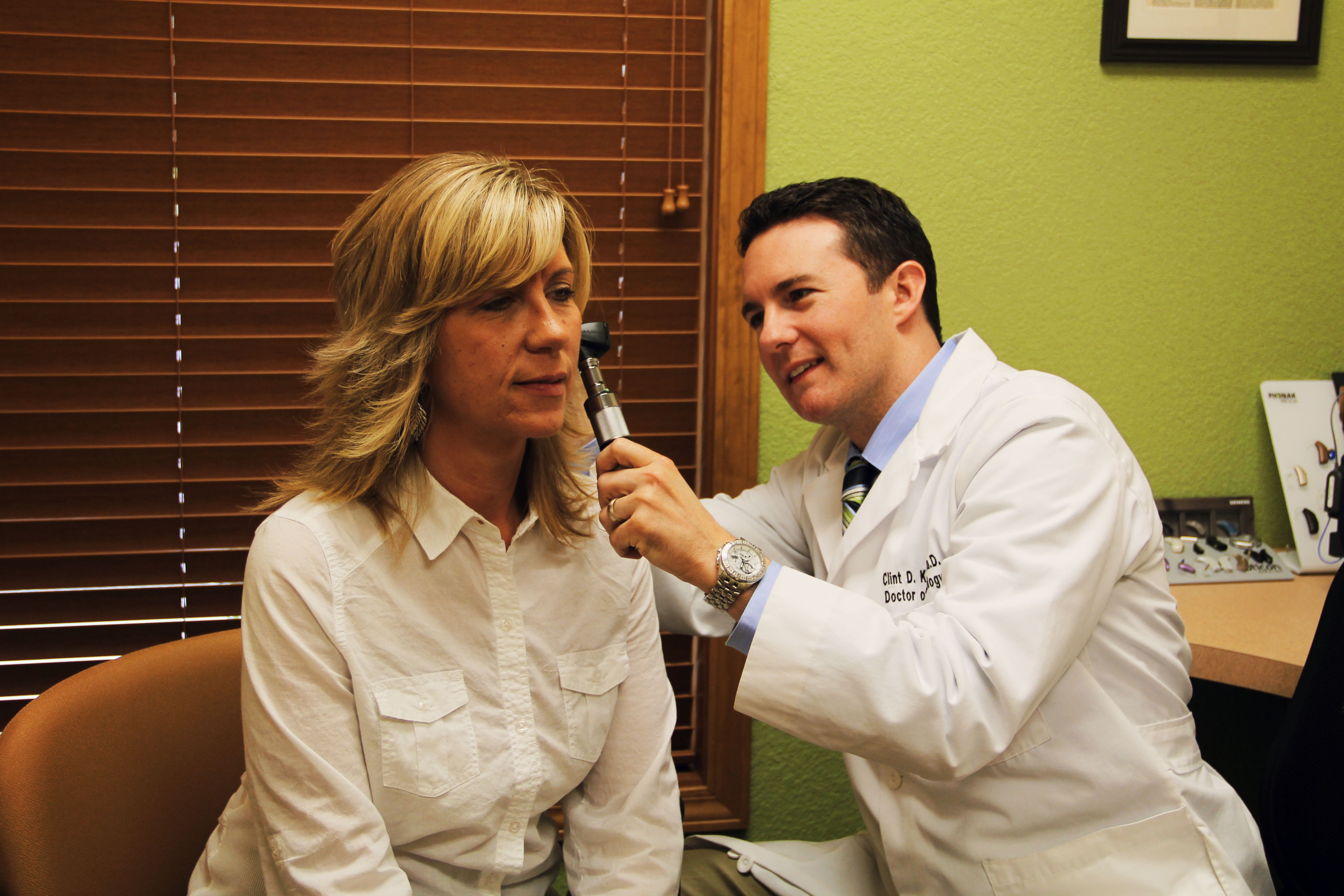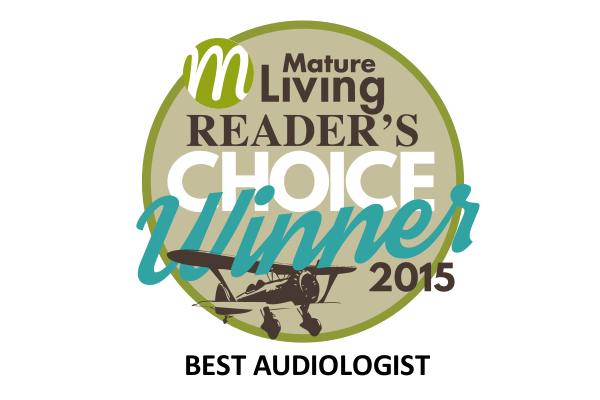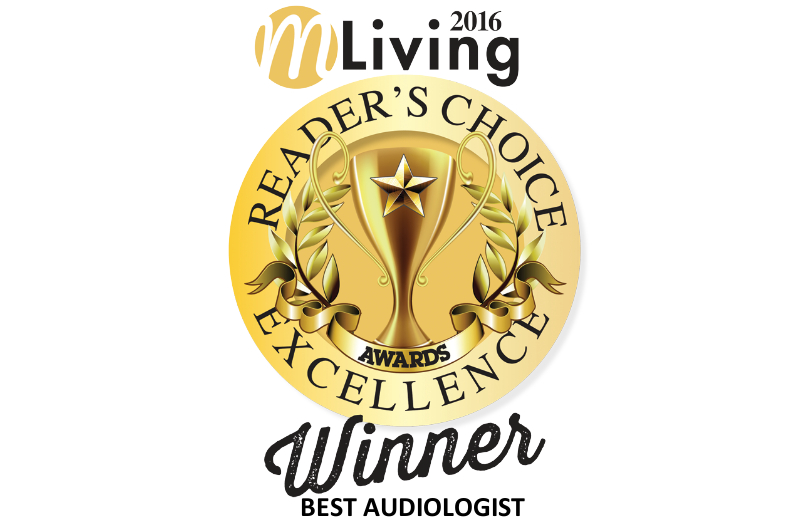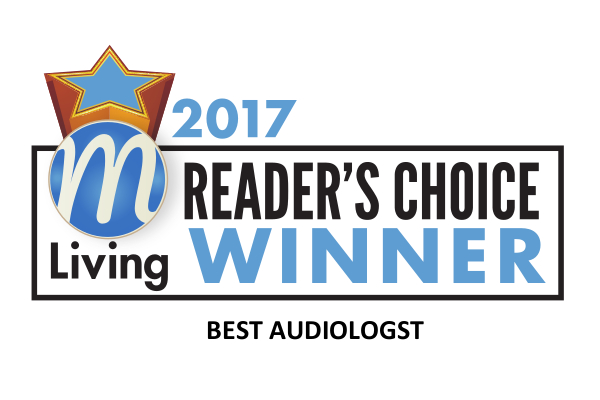Lower the BOOM!
Area audiologist offers warnings for noise exposure to fireworks
(Holland-Springfield Journal July 1, 2014)
By Dr. Clint Keifer
Independence Day is a great time to celebrate with friends, family, and our community.  There is much food and entertainment to be had, but for most, nothing is more anticipated than the observance of fireworks! Fireworks displays come in all shapes, sizes, and combinations and can deliver dazzling visual and auditory effects–“Crack, crackle, BOOM!”
There is much food and entertainment to be had, but for most, nothing is more anticipated than the observance of fireworks! Fireworks displays come in all shapes, sizes, and combinations and can deliver dazzling visual and auditory effects–“Crack, crackle, BOOM!”
While these sounds are exciting, they also represent a danger to our ears. Fireworks produce sound levels equivalent to shotgun blasts—upwards of 150 decibels! It is not uncommon to see young children naturally upset by these loud sounds and the resulting action of covering their ears. This makes the 4th of July a great time to stress to your family the importance of safety and hearing protection.
Despite recent research suggesting that as many as 2 out of 10 children have noise-induced hearing damage, education and prevention is severely lacking. Noise induced hearing loss is caused by damage to the “hair cells” (which have sensitive hair-like projections that pick up sound vibration) in our inner ear. These hair cells are small sensory cells that convert the sounds we hear into electrical signals that a nerve relays to our brain. Once damaged our hair cells cannot grow back, causing permanent hearing loss.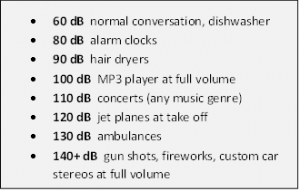
Noise-induced hearing loss can be caused by prolonged exposure to loud noises over 85 decibels (dB)–the higher the decibel level, the shorter the time in which damage can occur. For example, a hair dryer at 90 dB can pose a risk, but typically only after an exposure time of 2 hours or more (let’s hope your hair is finished well before that!); however, attending a rock concert without protection at 110 dB can cause damage within 2 MINUTES (temporarily muted hearing and ringing in the ears is a sign you’ve done damage). While a large portion of immediate after-effects may be temporary, long-term damage will remain and accumulate with repeated exposures. There is no safe exposure time for noises above 130 dB.
Now that the dangers of noise exposure are evident, the next step is protecting your child’s hearing. Proper selection and use of hearing protection (earmuffs or earplugs) when in noisy environments (concerts, sporting events, fireworks displays, car races) not only provides safe listening, special “filtered” plugs can actually improve the quality of sound as our ears hear clearer at lower levels. Hearing protection come in many styles, sizes, and textures to provide optimum fit and application to the situation (such as “filtered” musician plugs). Custom-fitted earplugs can be obtained from an audiologist.
Of course when it comes to listening to MP3 players and car stereos, a decision to listen at lower levels for shorter durations should be reinforced with children (visit www.TurnItToTheLeft.com). There are even a number of “kid-safe” earphones available which put a limit on loudness.
Finally, if wearing hearing protection or volume decreases are not an option, teach your children to walk away from loud noise. Establishing the dangers of noise and the appropriate options for protection will help prevent damage and encourage habits for a lifetime of healthy listening. If you suspect your child may have hearing loss or damage, schedule a check-up with a licensed doctor of audiology.
###
Dr. Clint Keifer is owner and audiologist at Great Lakes Audiology in Toledo. You can contact his office at 419 327-2273; email at earcare@glaudiology.com; or visit www.GLAudiology.com.
